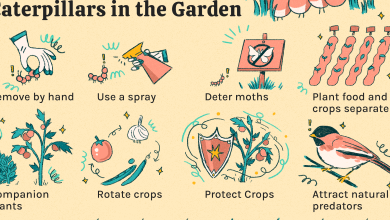Plant Ferns: [Cultivation, Irrigation, Care and Problems]

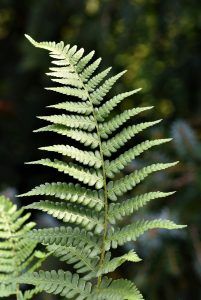 Ferns are great in home decoration, because they add an irreplaceable natural touch, but you have to know how to take care of them.
Ferns are great in home decoration, because they add an irreplaceable natural touch, but you have to know how to take care of them.
Although they have managed to survive the terrestrial changes for thousands of years to the point that they have spread practically all over the globe, there are certain keys that help a lot to prolong their life, both indoors and outdoors.
They are perennial seedless plants, they reproduce by spores and usually exhibit large, feather-like leaves of great green.
Important points when planting a fern:
- When to sow? In spring and autumn.
- Where to sow? In a pot and in the garden.
- How to prepare the land? Organic fertilizer orrich, well-draining light substrate.
- How do we water? Moisten the substrate regularly, without flooding.
- What pests and diseases does it have? Suffer attacks from pests such as slugs and aphids.
What characteristics do facts have?
Some species are more sensitive than others. Those that prefer very humid environments are the popular bird’s nest fern, the phlebodium and the nephrolepis, among others.
For example, in the case of the phlebodium, there are several large, very leafy varieties that can be chosen to fill our home with green hope.

Other species such as the blenchnum fern do not require high levels of humidity, so they are highly recommended in warmer areas. What they do ask for is adequate light, half-shade.
Neither in the dark nor in full sun, along with constant but not suffocating watering. This species, the blenchnum, grows quite large, so it will probably be necessary to transplant it to a larger container when the root ball is full of roots.
When to plant ferns?
The best time to plant ferns is during the fall, but it is also possible to obtain good results in spring, thanks to average temperatures that are beneficial for these species. There are even varieties that can be planted in summer and in temperate climates it is feasible to plant them all year round.
In these seasons, the plant can develop normally as long as we make sure that its roots are healthy, free of pests and diseases.
Where to plant ferns?
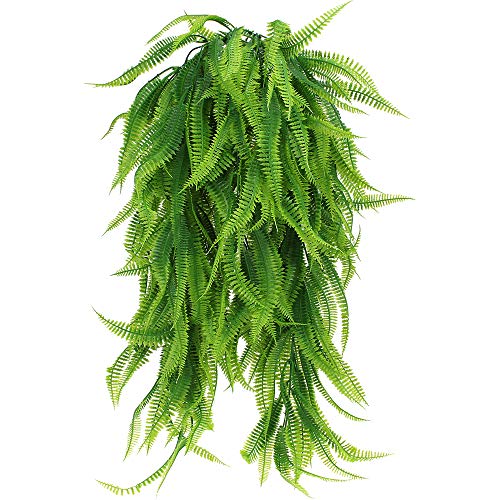
Indoors , the first thing to be clear about is that a fern will be very happy and healthy if it is planted in a large diameter (wide) hanging pot where it will grow and breathe better so that its growth is normal.
The preparations are not really complicated. It is necessary, yes, to locate river stones that must be placed at the bottom of a wide-mouthed bowl.
After placing them, they must be watered without being completely covered, or the fern will die from absorbing excess water, since we will place the pot with the plant on top so that its beautiful leaves gradually absorb the required environmental humidity, without excesses.
As ferns need to live in humid environments, it is recommended to reproduce their natural habitat in this way. The moistened river stones technique makes the water slowly evaporate.
That moisture is perfect for helping it grow. Outdoors , it is not usually that complicated to plant a fern in the garden, despite the fact that we always see them in hanging baskets in some special corner of the house. Species planted as groundcover can bring an enviable tropical vibe to a home garden.
Naturally, they grow in moist forests or on the banks of water sources. In this way they manage to survive for many years. Even when there are species that become tolerant to drought, all of them require moist soils at the time of planting.
To prepare the planting in the garden, it is necessary to previously spread a few centimeters of organic fertilizer on the surface of the soil. A garden tool that facilitates a more homogeneous mixture can be used at a depth of 20 to 30 centimeters.
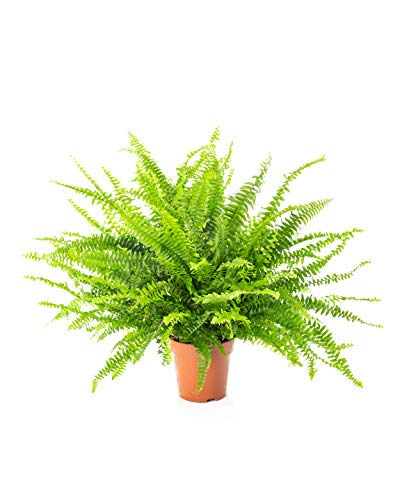
Most of the fern varieties require a semi-shaded place, where the solar radiation does not cover them completely. And to plant them they share the same procedures, even when there are variations in the level of tolerance to sunlight and climate.
Soils rich in fertilizers are the best gift for recently planted young specimens. There is a less maintenance species ideal for gardens, because its tolerance to sunlight is high. It is the Anthurium filix-femina, with large foliage and stems in shades of green, purple and red, very tolerant to drought.
It grows between 2-5 feet tall and its rhizomes are poisonous. Keeping them away from pets is very important.
How to prepare the land?
A special substrate will suit you super well. It consists of preparing heather soil, sand and a base of medium consistency in order to make the roots grow strong and healthy.

You must have a deep hole that completely covers the roots of the plant, which must grow in amplitude. You can use a fertilizer of organic origin such as earthworm and microriza, a type of compost that contains grass and provides a lot of nitrogen to the plant. Both are great for ferns.
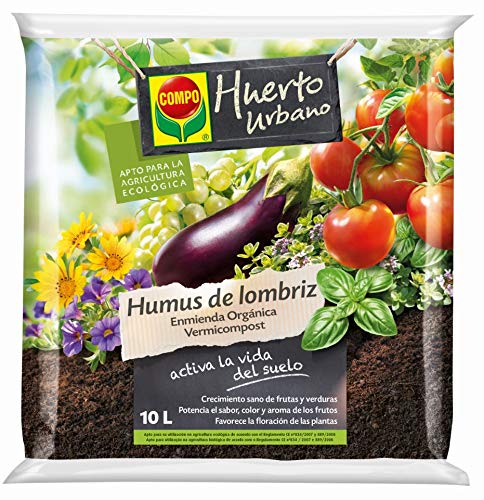
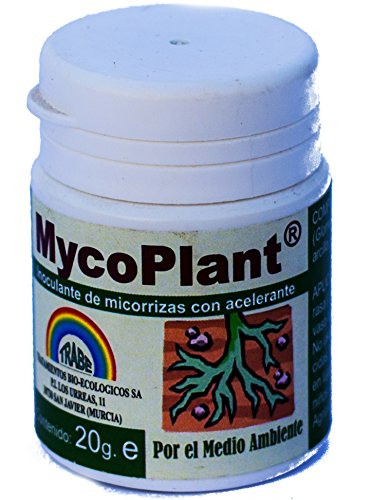
How do we plant ferns step by step?
Planting ferns step by step is not as complicated as you think, especially in the garden, where they can also survive for many years, as long as the following steps are followed:
- Dig a deep hole that is twice as wide as the root ball of the newly purchased fern.
- Next, the specimen is carefully removed from the pot, in order to prevent its roots from being damaged, and it is planted in the hole or planting site.
- It is filled with fertilized land. And if there are several copies, the operation is repeated, but a space of about 60cm between each one is calculated in advance.
- Then continue to place a layer of mulch about 10cm on the ground. Pruning debris, grass, leaves from trees and shrubs are very useful, in short, everything that contributes to maintaining healthy moisture in the soil so that the temperature is cool and the proliferation of weeds is avoided.
- Keeping them always with moist soil is essential, avoiding excesses. But during the growth period if there is not enough rain we must always take care that the surface layer of the earth is wet, not soaked.
What care do ferns need?
Below, we offer essential tips for the best care when growing ferns at home.
Lightning
 Almost all species of ferns thrive in semi-shade or full shade. Although in hotter areas it is necessary to guarantee them enough water in the irrigation to compensate for the suffocation of the climate away from a window, looking north.
Almost all species of ferns thrive in semi-shade or full shade. Although in hotter areas it is necessary to guarantee them enough water in the irrigation to compensate for the suffocation of the climate away from a window, looking north.
Inside the house, it is better to put the pot away from a window, facing north. The ideal climate is around 20ºC, although they live happily in lower temperatures that are not lower than 15ºC. This is because they come from tropical climates.
Irrigation
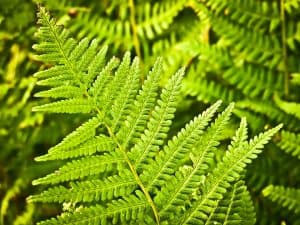 One of the most important factors when planting ferns is the quality and quantity of irrigation.
One of the most important factors when planting ferns is the quality and quantity of irrigation.
And it is that the most important key is associated with the level of humidity, since the plant must always be hydrated, it must live in the middle of a humid substrate (not soaked).
An irrigation that floods, too copious is the worst thing that can happen to it. It is preferable to water once the substrate has completely dried. Not before that.
Pass
Actually, most ferns don’t ask for fertilizer. They are strong and healthy if the conditions of light, humidity and climate are ideal, but in case of a delay in development it is not a bad thing to receive a slow-release fertilizer during the course of spring.
Pruning
No special pruning is required. The ferns develop freely, with multiple leaves of simply spectacular green tones, but they can dry out and in that case they must be carefully pruned, avoiding damaging the neighboring stems.
What pests and diseases affect ferns?
A high-impact preventive formula against slugs, one of the worst undesirables that harass ferns, consists of creating a protective barrier with the help of crushed eggshells. Diatomaceous earth also works very well.
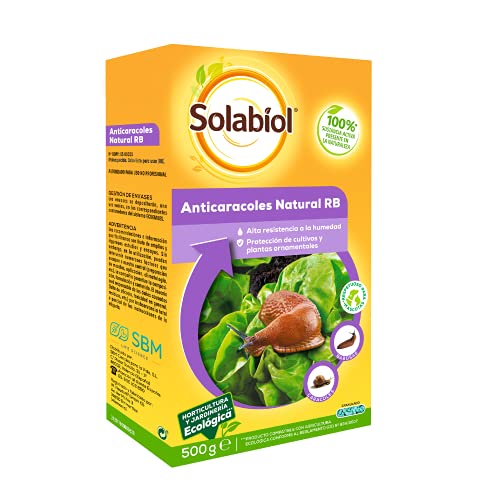
This prevents the ferns from being visited by pests in general, including aphids, which can also be combated naturally, with the application of an insecticide formulated with garlic and paprika (macerated a day before) in a liter of water at which we must add half a cup of dishwasher.
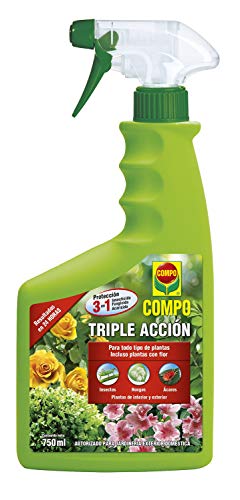
Spraying this preparation on the leaves of the plants, with the help of an atomizer in the morning, is highly recommended to keep many annoying bugs at bay.
Bibliographic references
- TECHNIQUES FOR THE CULTIVATION OF FERNS FROM THEIR SPORES, J JOSE – botanicaargentina.org.ar
- Ferns: propagation and conservation, B PÉREZ GARCÍA, I REYES JARAMILLO – Sciences, 1993 – revista.unam.mx
- Study and management of the marranero fern Pterididium aquilinum (L) kuhn var. arachnoideum, N Mejía, JC Silva, R De la Cruz – Acta Agronomica, 1985 – revista.unal.edu.co
- Cultivation of the leather fern, CAM Gabriela, G Azocar – Bulletin INIA-Research Institute …, 2012 – library.inia.cl
- Epidemiological aspects and control of Cylindrocladium scoparium in leather fern cultivation Rumohra adiantifomis G. Fost Ching, RA Ismael – 2007 – repository.cucba.udg.mx

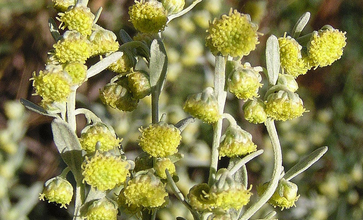
![Photo of Complex Fertilizers: [Characteristics, Effect, Obtaining and Application]](https://www.complete-gardening.com/wp-content/uploads/2022/08/complex-fertilizers-characteristics-effect-obtaining-and-application-390x200.jpg)

